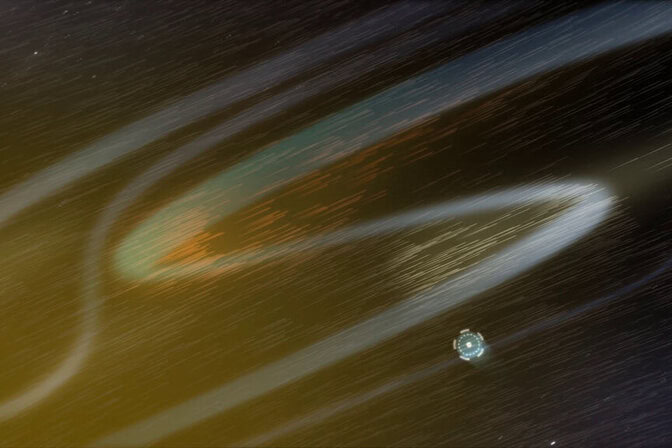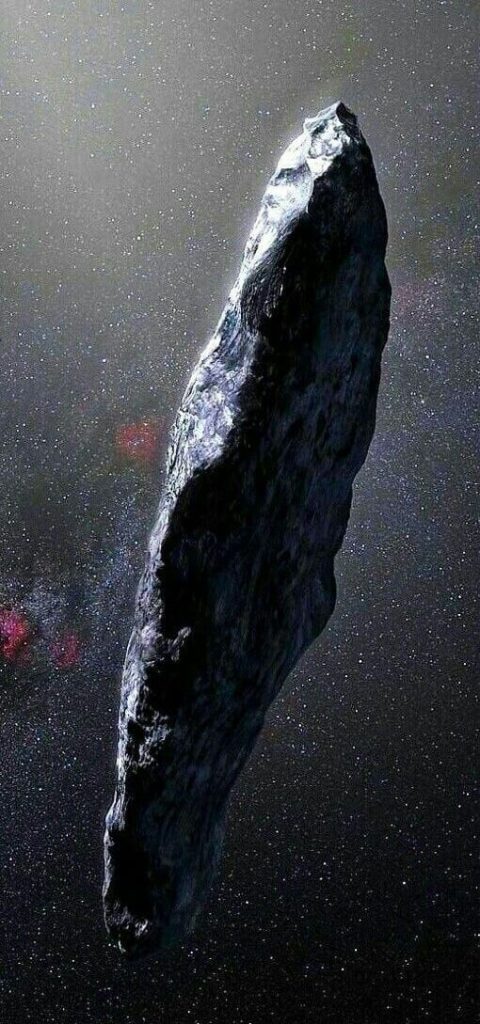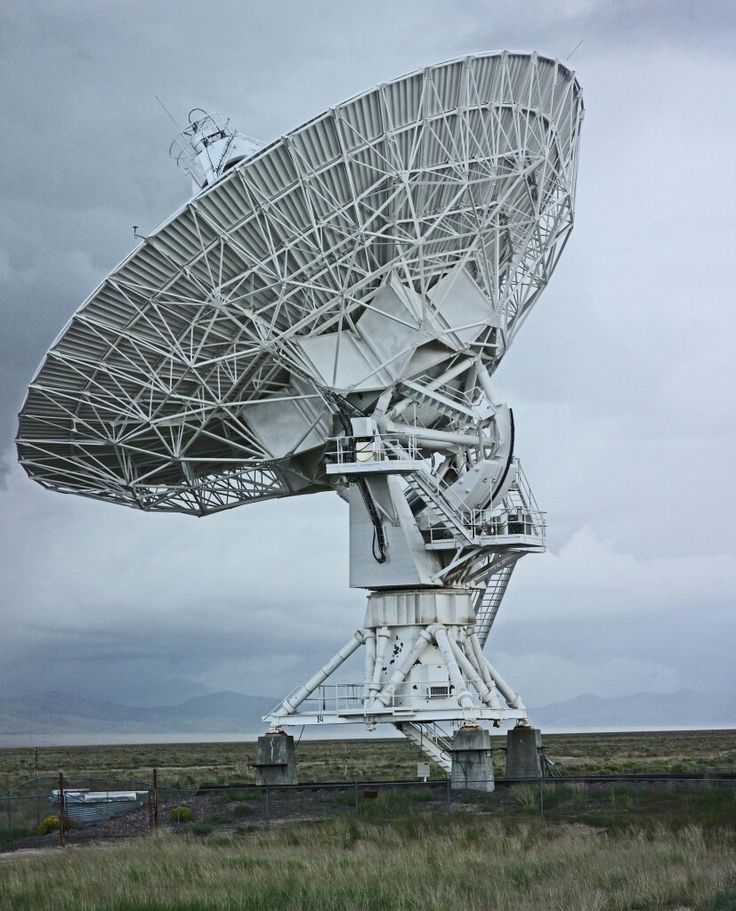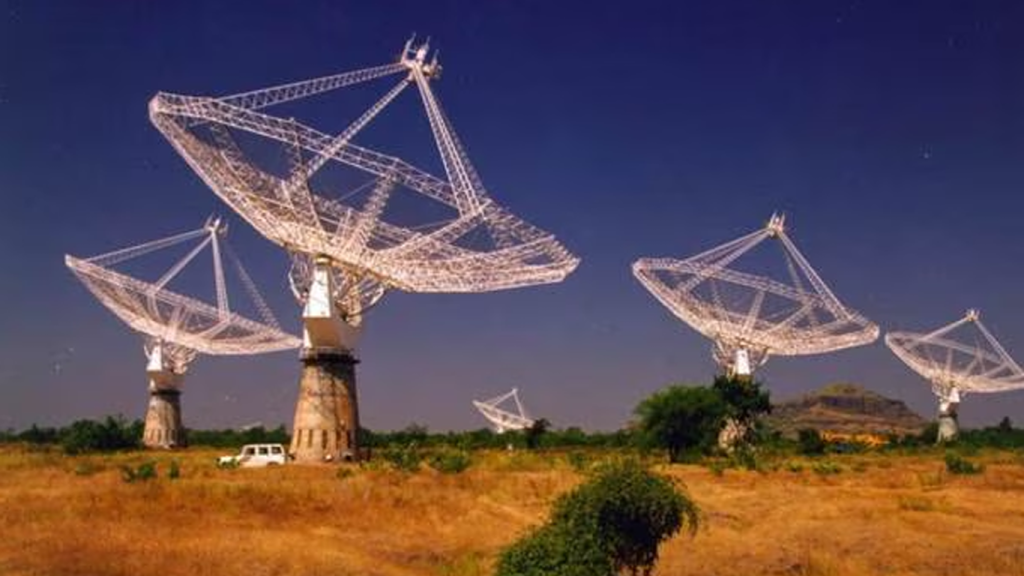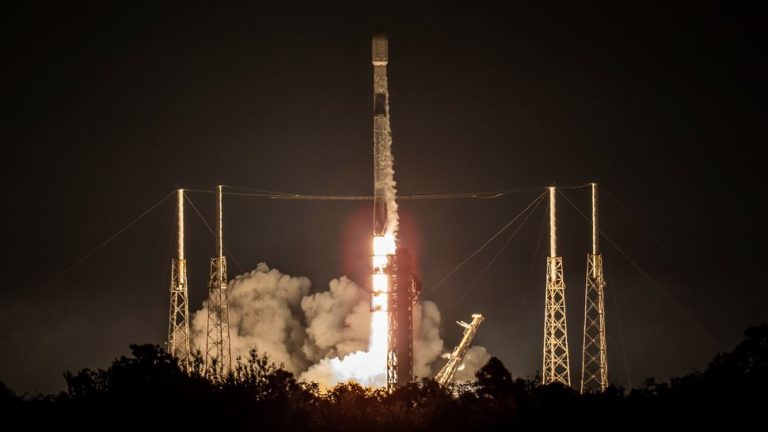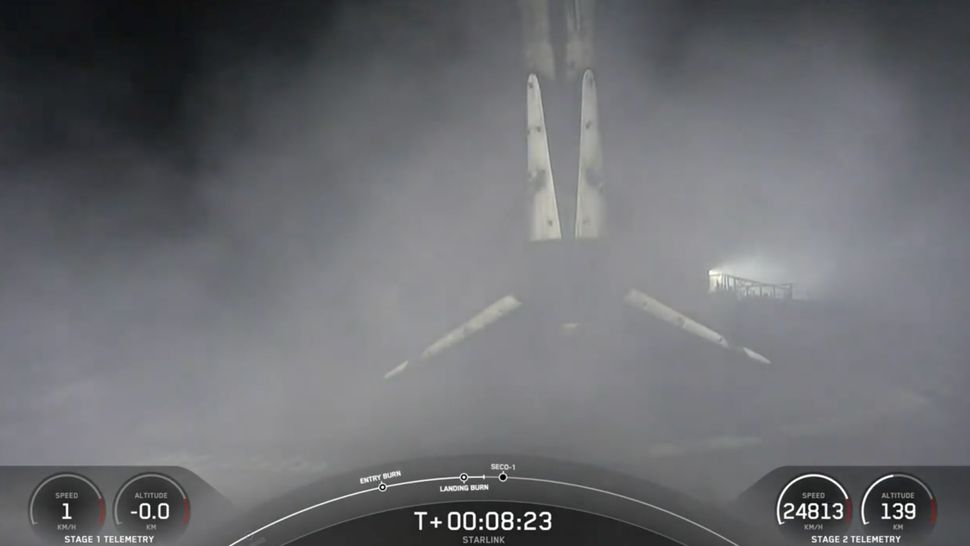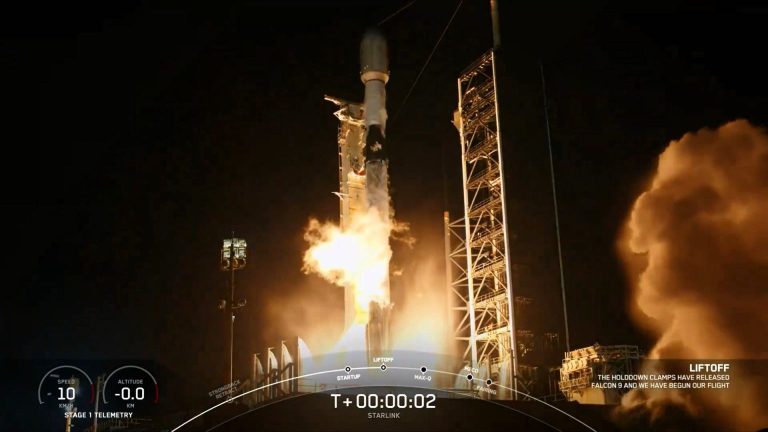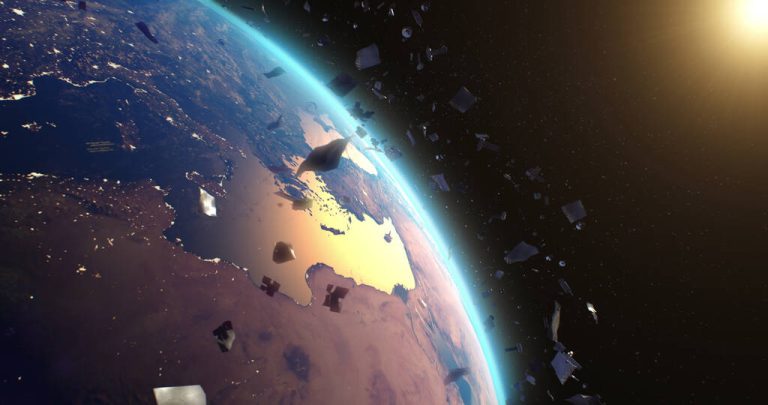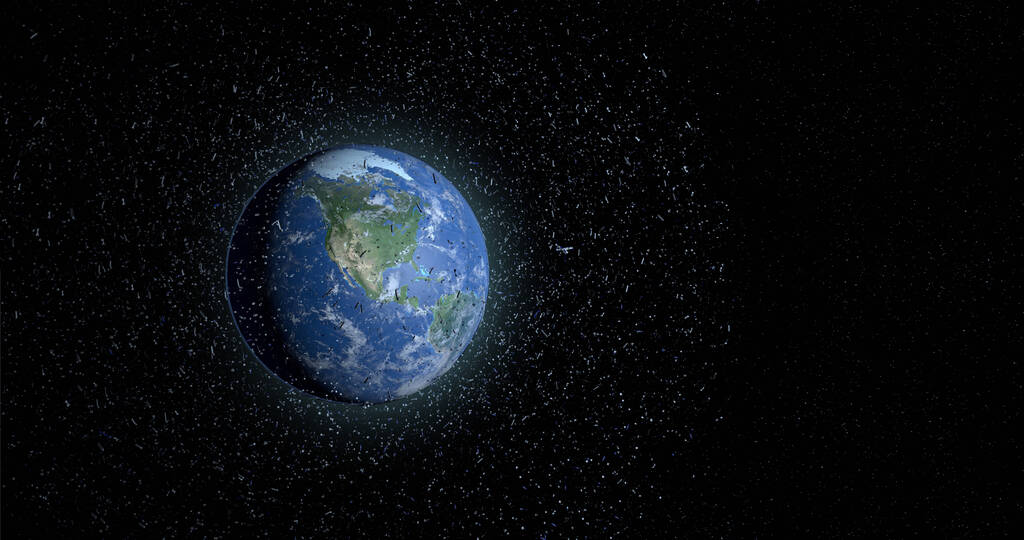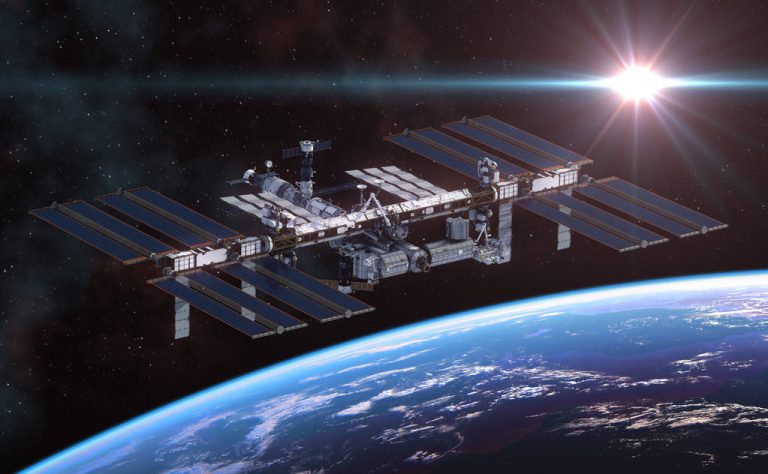Boeing Starliner Crew: NASA Explores Solutions for Safe Return
- Technical Issues: Boeing’s Starliner spacecraft faced helium leaks and failing thrusters during its mission.
- Testing and Evaluation: NASA and Boeing have conducted extensive testing to address the issues, but concerns remain.
- Potential Alternatives: NASA is considering using SpaceX’s Crew Dragon to bring the astronauts back safely.
- Decision Pending: NASA has not yet made a final decision on whether to use Starliner or Crew Dragon for the return mission.
Summary
- Starliner Mission Overview: Launched eight weeks ago on an Atlas V rocket.
- Crew Members: Butch Wilmore and Suni Williams.
- Initial Problems: Helium leaks and failing thrusters.
- Testing: Ground tests at White Sands and thruster tests in orbit.
- Options: NASA evaluating all options, including Crew Dragon.
- Delay in Decision: Flight Readiness Review meeting canceled.
- SpaceX’s Role: SpaceX studying emergency response and potential crew return scenarios.
- Safety Concerns: Discussions about the safety of using Starliner versus Crew Dragon.
- Potential Impact: Decision may affect the future of the Starliner program.
- NASA’s Challenge: Balancing risk and reward in the final decision.

NASA Explores Solutions to Return Boeing Starliner Crew Safely
Eight weeks after the Starliner spacecraft launched, NASA is still looking for possible answers to its technical issues—including the possibility of SpaceX lending a hand.
It has now been eight weeks since Boeing’s Starliner spacecraft launched into orbit on an Atlas V rocket, bound for the International Space Station. At the time, NASA officials said the two crew members, Butch Wilmore and Suni Williams, could return to Earth as soon as June 14, just eight days later.
Yes, there had been some problems on Starliner’s ride to the space station that involved helium leaks and failing thrusters. But officials said they were relatively minor and sought to downplay them. “Those are pretty small, really, issues to deal with,” Mark Nappi, vice president and manager of Boeing’s Commercial Crew Program, said during a post-docking news conference. “We’ll figure them out for the next mission. I don’t see these as significant at all.”
But days turned to weeks, and weeks turned to months as NASA and Boeing continued to study the two technical problems. Of these issues, the more pressing concern was the failure of multiple reaction control system thrusters that are essential to steering Starliner during its departure from the space station and setting up a critical engine burn to enter Earth’s atmosphere.
In the last few weeks, ground teams from NASA and Boeing completed testing of a thruster on a test stand at White Sands, New Mexico. Then, last weekend, Boeing and NASA fired the spacecraft’s thrusters in orbit to check their performance while docked at the space station. NASA has said preliminary results from these tests were helpful.
Dragon Becomes a Real Option
One week ago, the last time NASA officials spoke to the media, the agency’s program manager for commercial crew, Steve Stich, would not be drawn into discussing what would happen should NASA conclude that Starliner’s thrusters were not reliable enough for the return journey to Earth.
For a long time, it seemed almost certain that the astronauts would return to Earth inside Starliner.
However, there has been a lot of recent activity at NASA, Boeing, and SpaceX that suggests that Wilmore and Williams could come home aboard a Crew Dragon spacecraft rather than Starliner. Due to the critical importance of this mission, Ars is sharing what we know as of Thursday afternoon.
One informed source said it was greater than a 50-50 chance that the crew would come back on Dragon. Another source said it was significantly more likely than not they would. To be clear, NASA has not made a final decision. This probably will not happen until at least next week. It is likely that Jim Free, NASA’s associate administrator, will make the call.
Asked if it was now more likely than not that Starliner’s crew would return on Dragon, NASA spokesperson Josh Finch told Ars on Thursday evening,
“NASA is evaluating all options for the return of agency astronauts Butch Wilmore and Suni Williams from the International Space Station as safely as possible. No decisions have been made, and the agency will continue to provide updates on its planning.”
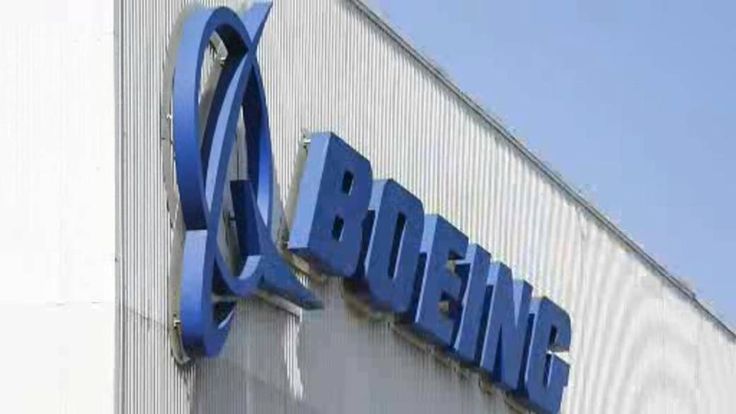
What follows are some data points that Ars can confidently report based on multiple sources:
- NASA keeps delaying a decision: A Flight Readiness Review meeting had been scheduled for today, August 1, several days in advance. However, it was canceled. Instead, NASA put out a vague blog update on Thursday stating, “Following the completion of Starliner’s return planning, which is expected to continue into next week, more information will be shared about the agency’s return readiness review preparations and subsequent media briefing.” So maybe the meeting will take place next week.
- NASA issued a $266,678 task award to SpaceX on July 14 for a “special study for emergency response.” NASA said this study was not directly related to Starliner’s problems, but two sources told Ars it really was. Although the study entailed work on flying more than four crew members home on Crew Dragon—a scenario related to Frank Rubio and the Soyuz MS-22 leaks—it also allowed SpaceX to study flying Dragon home with six passengers, a regular crew complement in addition to Wilmore and Williams.
- SpaceX has been actively working on a scenario in which two or four astronauts launch on board Crew 9: (A normal crew is four) This mission has a nominal launch date of August 18, but it could well be delayed. SpaceX has already identified flight suits that would fit Wilmore and Williams, allowing them to fly home on the Crew-8 spacecraft (presently docked to the space station) or the Crew-9 vehicle. It is unclear how crews would be assigned to the two Dragon return flights. It is possible, if four astronauts launch on Crew 9, that five people could fly home on each of the two Dragons.
- Two sources told Ars that in meetings this week at NASA field centers, there have been vigorous discussions about whether or not to fly crew home on Starliner: Multiple groups remain “no” on Starliner as of Wednesday. It is unclear how this will be resolved. Some engineers believe that if there are questions about Starliner, then NASA should opt for the safe course—flying on Crew Dragon, which has safely launched 13 times and landed 12 times.
Making Difficult Calls
NASA officials face a difficult decision. Because there is still at least a small risk to flying Starliner in its present condition, the space agency and Boeing have tested the thrusters as thoroughly as possible while the spacecraft is docked to the space station. This testing was intended to “buy down” these risks. But while the data is good, it has not addressed all of NASA’s concerns.
So what will the space agency do? Starliner probably could make it back to Earth safely. But there appears to be some reasonable doubt that Starliner will come back safely. If NASA defers to its fallback plan, flying on Dragon, it may spell the end of the Starliner program. During the development and testing of Starliner, the company has already lost $1.6 billion. Reflying a crew test flight mission, which likely would be necessary should Starliner return autonomously, would cost much more. Boeing might opt to cancel Starliner and leave NASA with just a single provider of crew transportation. That would be painful for both NASA and Boeing.
But the alternative—Starliner not coming home safely with the crew inside—is far, far worse. This is the risk-reward decision that Free, Stich, and other NASA officials ultimately must balance in the coming days.
Table 1: Key Events in Starliner’s Mission
| Date | Event | Description |
|---|---|---|
| Launch | Eight weeks ago | Starliner launched on an Atlas V rocket. |
| Initial Issues | Shortly after launch | Helium leaks and failing thrusters detected. |
| Testing | Last few weeks | Ground and in-orbit thruster tests conducted by NASA and Boeing. |
| Task Award | July 14 | NASA issued a task award to SpaceX for emergency response study. |
| Flight Review | Scheduled for August 1 | Flight Readiness Review meeting scheduled and later canceled. |
Table 2: Potential Scenarios for Crew Return
| Scenario | Description | Likelihood (As of Now) |
|---|---|---|
| Return on Starliner | Crew returns on the original Starliner spacecraft. | Less than 50% |
| Return on Crew Dragon (Crew-8) | Crew returns on the Crew-8 spacecraft currently docked at the space station. | Significant possibility |
| Return on Crew Dragon (Crew-9) | Crew returns on the Crew-9 spacecraft scheduled for launch on August 18. | Possible, if launch occurs |
| Mixed Crew Dragon Scenario | A combination where some crew return on Crew-8 and others on Crew-9. | Under consideration |
Conclusion
NASA faces a challenging decision in determining the safest way to return the Starliner crew. With ongoing concerns about Starliner’s thrusters, the reliable alternative of SpaceX’s Crew Dragon is being seriously considered. The ultimate choice will have significant implications for both NASA and Boeing, balancing safety, risk, and the future of the Starliner program.
Sources:
yes-nasa-really-could-bring-starliners-astronauts-back-on-crew-dragon/
Hashtags
#NASA, #Starliner, #SpaceX, #CrewDragon, #Astronauts, #SpaceExploration, #Boeing, #Safety, #SpaceStation, #ThrusterIssues


